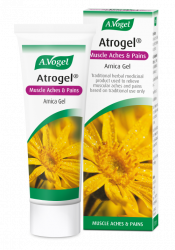Why do we get sore after a workout?
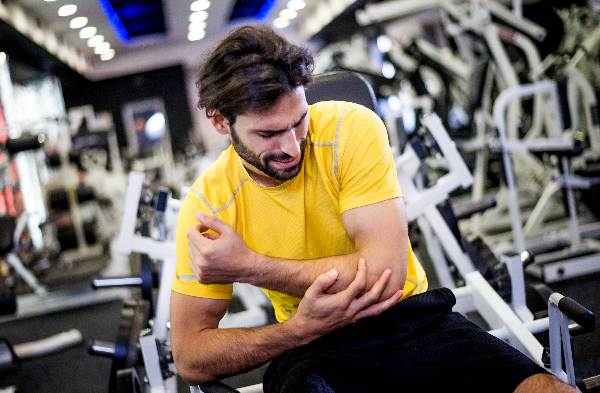
Working out can be a challenging but ultimately rewarding experience but often it’s marred by stiffness and muscle pain, especially after an intense workout. If you are new to the gym this can be quite demoralising and difficult to deal with but fortunately it is a common experience and you are definitely not alone.
The most common form of muscle pain after working out is Delayed Onset Muscle Soreness, or DOMS for short. DOMS normally rears its head a few hours after your workout session and it can be quite an unpleasant shock, especially if you go to bed feeling fantastic and wake up in a world of aches and pains.
What is happening within your body may come as even more of a surprise though. When you workout, particularly if you are a novice, you will experience some microscopic damage to your muscle fibres. After all, you may well be working muscles that have been sedentary for years so a certain amount of trauma is to be expected, especially if you have been doing eccentric exercises.
Your body will recognise that the muscle has been damaged and will release a wave of inflammatory chemicals to help with the recovery process. Some believe these inflammatory chemicals are responsible for stimulating pain.
What are eccentric exercises? The name may sound a bit misleading – it doesn’t mean going for your morning jog in a clown costume or turning up at your local gym dressed up as Batman or Wonder Woman. Eccentric exercise simply refers to a form of exercise that involves moving an active muscle while it is lengthening – think bicep curls! You are lowering the dumbbell slowly which involves contracting your muscles to control its natural descent.
Are sore muscles a good sign?
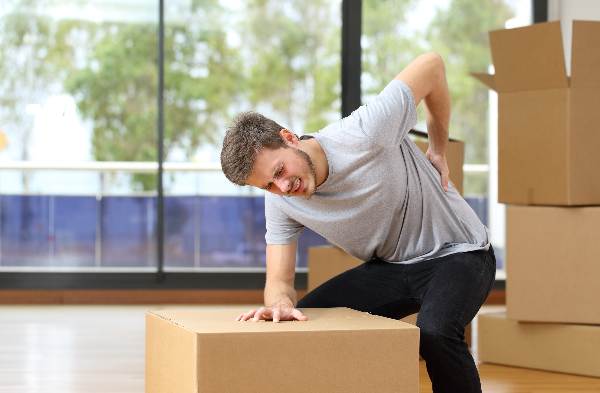
There is some controversy over whether this sort of muscle pain is a good thing or a bad thing – after all, how many of you have heard the expressions ‘feel the burn’ or ‘no pain, no gain?’
Many of us feel our muscles aching and merely assume it’s simply the sign that the workout is doing its job.
This type of attitude is understandable – despite the micro-trauma to your muscles fibres, when your muscle does eventually recover it will be stronger than it was before.1 Pain may occur after your first few gym sessions but eventually it will diminish as your body adjusts to cope with your increased activity.
However, the whole ‘no pain, no gain’ attitude can also be dangerous because you may overlook or mistake a more serious injury for DOMS or push your body too hard whilst training. Some also rely on muscle pain to tell them whether or not their workout has been successful and treat a lack of pain as a failure when in fact it is not.
The best thing to do would be to understand your thresholds. As you workout you will learn about what type of pain is normal and what is not. If the pain you are experiencing is too intense or unbearable, then it may not be DOMS, but a pulled muscle, in which case you should seek medical attention as soon as possible.
1http://www.shape.com/fitness/training-plans/are-sore-muscles-sign-good-workout
Recovery
If you’re satisfied that what you’re experiencing is normal than you’re probably wondering how you can speed up the recovery process. Well luckily there are a number of things that you can do to help your body to repair after an intense workout and to ease any signs of stiffness or soreness.
Drink plenty of fluids
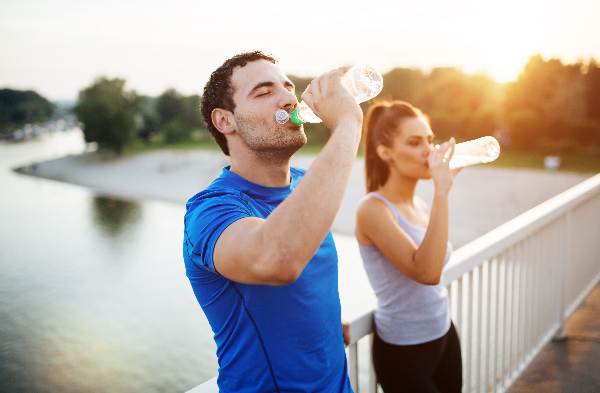
Staying hydrated is absolutely essential, whether it’s pre, post or during exercise. If you’ve managed to build up a sweat during your workout then your body will likely be a little dehydrated and you may have lost some valuable electrolytes, which will definitely have a knock-on effect on any potential muscle pain you may be feeling.
If you’re not partial to the taste of plain water, you could try buying a fruit infused water bottle which will enable you to flavour your water with some fresh fruit. You could also try our Balance Drink, which is gently flavoured with strawberry and can help you to rehydrate and restore any lost minerals. It’s also good for reducing fatigue and can be taken easily – simply add one sachet to your water bottle or blend it in to your post-workout smoothie!
Watch what you eat
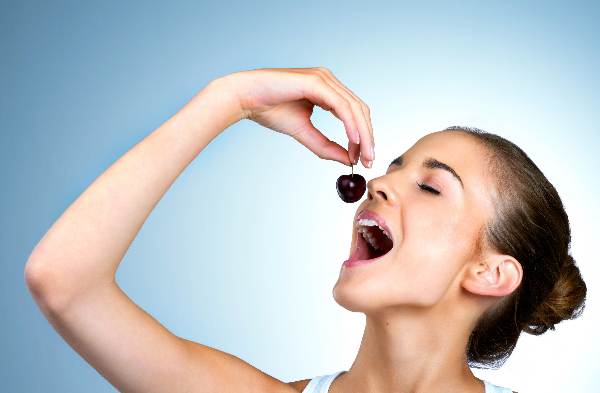
It probably won’t come as much of a surprise but what you eat can affect how you recover from a tough workout session. Eating the right kinds of food can make a real difference so it’s important that you try to focus getting plenty of fruit and veg into your diet – some believe that tart cherries and other dark fruits can help you to recuperate faster!
Salmon can provide a rich source of omega-3 fats or, if you are vegetarian, almonds can also provide omega-6 fats. Try to steer clear of refined sugars and caffeine – both can have an inflammatory effect on your body!
Rest
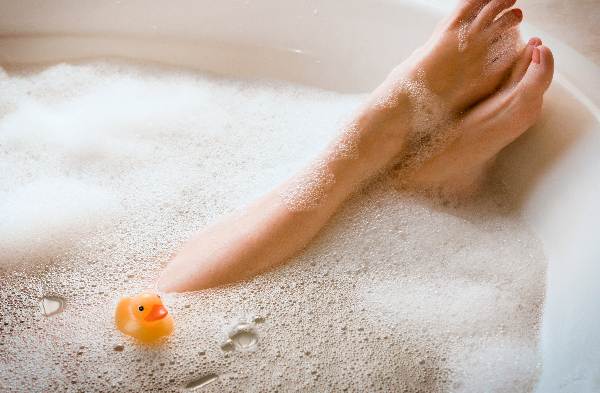
If your muscles are in pain then it’s a clear indication that you need to be careful. As much as you may want to leap straight back into your usual routine, it’s still very important not to overstress your body and place too much pressure on your muscles.
Make sure you rest and give your muscles some time to recuperate. I personally find that a nice hot bath can go a long way towards helping you to unwind, not to mention the temperature of the water can help to promote better blood flow and relax your aching muscles. If you don’t fancy soaking in the tub, you could put your feet up on the couch and instead curl up with a hot water bottle.
Stay active
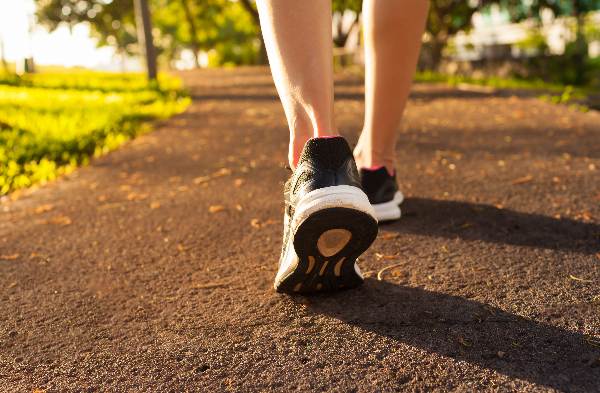
Okay, I’ll admit that this advice may seem a bit contradictory considering what I’ve just said about getting plenty of R&R, however it’s also critical that you try and maintain some sort of momentum. Keeping active can help to stimulate the blood flow to your muscles, making sure valuable nutrients get to where they are needed the most.
This doesn’t mean you should head straight back to the gym and power through your usual routine – instead it may be worthwhile focusing on a less intense form of exercise. Yoga is great for gently stretching your muscles or you could try a light cardio workout instead. Even a brisk walk or a swim can make a world of difference when it comes to aiding your recovery!
Try Atrogel®

Atrogel® Arnica Gel is one of my favourite products and it’s certainly earned its reputation. This wonderful, non-greasy gel is specially formulated using extracts of fresh arnica flowers and is excellent when it comes to easing sore, aching muscles, relieving pain and soothing signs of bruising. You can use it for as long as you need and it can even be applied alongside other pain killing medicines. Simply apply a little of the gel to the affected area for quick relief!







